Imagine waking up in the morning and having your coffee already brewing, your lights turning on gradually, and the thermostat adjusting to the perfect temperature — all without lifting a finger. That’s the magic of a smart home.
Many people shy away from this convenience because of the misconception that it’s expensive, complex, and only for tech geeks. But here’s the good news — DIY smart home setup is easier and more affordable than ever before.
Whether you’re renting a small apartment or own a house, you can start automating your life on a budget, using user-friendly gadgets that don’t require professional installation.
In this guide, we’ll cover the best 10 affordable smart home gadgets, plus practical tips to help you set up and expand your smart home system efficiently.
Table of Contents
Why DIY Smart Home Setup?
Before diving into the gadgets, let’s explore why a DIY smart home is a smart investment:
✅ Convenience
Control your lights, appliances, and security systems from your smartphone or with simple voice commands.
✅ Safety & Security
Monitor your home remotely with cameras, door sensors, and smart locks to keep your property safe.
✅ Energy Efficiency
Smart thermostats and energy-monitoring plugs help you save on your electricity bill by cutting down unnecessary power usage.
✅ Customization & Control
You control how, when, and which parts of your home are automated — no need for full home rewiring or expensive renovations.
✅ Scalable Solution
Start small and scale up whenever you’re ready — it’s entirely up to you.
10 Affordable Gadgets for Your DIY Smart Home Setup
These gadgets are perfect for beginners and won’t stretch your budget.
1. Smart Plugs — The Easiest Entry Point
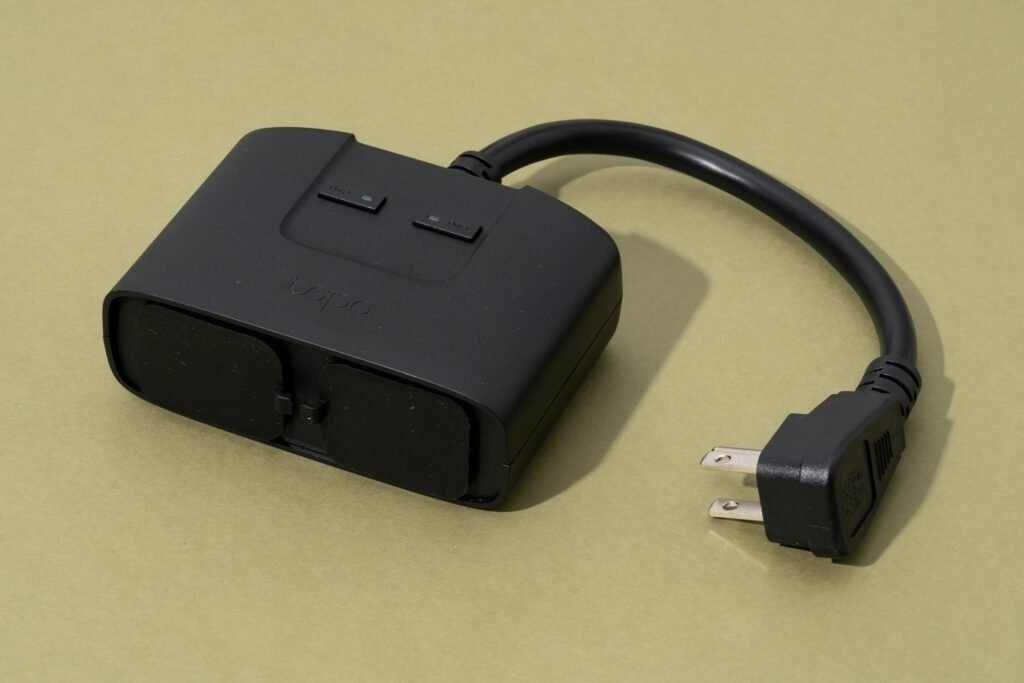
💵 Price Range: $10 – $25
Smart plugs are a perfect starting point. Simply plug them into your existing outlets and control whatever appliance is connected via an app on your phone.
Popular Options:
- TP-Link Kasa Smart Plug
- Amazon Smart Plug
Features:
- Control devices remotely
- Schedule appliances to turn on/off
- Energy monitoring in select models
- Voice control compatibility
Example Uses:
Automate your morning coffee machine, control lamps, or set up an auto-off timer for devices like heaters to save energy.
2. Smart Light Bulbs — Customize Your Lighting
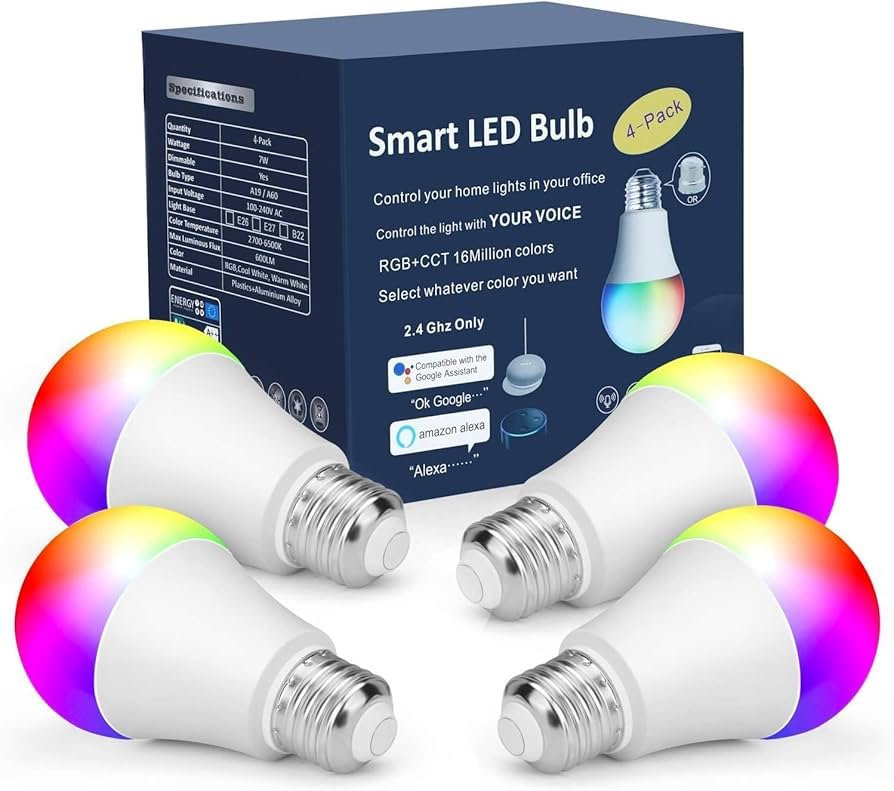
💵 Price Range: $10 – $30 per bulb
Smart bulbs allow you to adjust brightness, color, and schedules from your phone or smart speaker.
Popular Options:
- Philips Hue Bulbs
- Wyze Bulb Color
Key Features:
- Over 16 million colors to choose from
- Voice control
- Customizable scenes and schedules
- Works with Alexa, Google Assistant, Apple HomeKit
Pro Tip: Start with bedrooms and living rooms to create mood lighting for relaxation or productivity.
3. Smart Speakers & Voice Assistants — Your Home’s Brain

💵 Price Range: $30 – $50
A smart speaker is the control center for all your smart devices.
Popular Options:
- Amazon Echo Dot (5th Gen)
- Google Nest Mini
Functions:
- Voice control for all connected devices
- Weather updates, news, and reminders
- Music and podcasts playback
- Intercom features within the home
Bonus Tip: Place one in the kitchen to set cooking timers hands-free!
4. Smart Plugs with Energy Monitoring
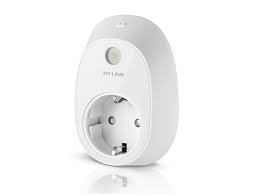
💵 Price Range: $20 – $35
While basic smart plugs are great, those with energy monitoring help you track how much power each appliance consumes.
Best Pick:
- Kasa Smart Plug with Energy Monitoring
You can easily identify which devices are driving up your electricity bill and adjust usage accordingly.
5. Smart Thermostats — Energy Savings & Comfort
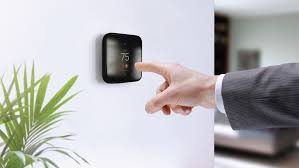
💵 Price Range: $70 – $150
Smart thermostats adapt to your routine and optimize heating and cooling for maximum efficiency.
Top Models:
- Google Nest Thermostat
- Wyze Thermostat
Features:
- Remote temperature control via app
- Learning algorithms for daily routines
- Compatibility with voice assistants
- Energy-saving reports
Pro Tip: Many energy companies offer rebates on smart thermostats — check for local deals!
6. Smart Security Cameras — Keep an Eye from Anywhere
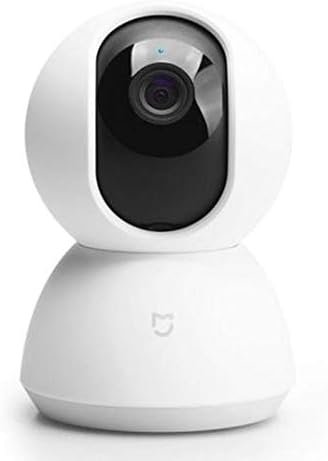
💵 Price Range: $30 – $80
Affordable indoor/outdoor cameras provide peace of mind whether you’re at home or away.
Popular Options:
- Wyze Cam v3
- Blink Mini
Benefits:
- Live video streaming via app
- Motion detection alerts
- Night vision
- Two-way audio communication
Install these at entrances, living rooms, or nurseries to monitor activity anytime.
7. Smart Doorbells — Answer Your Door Remotely
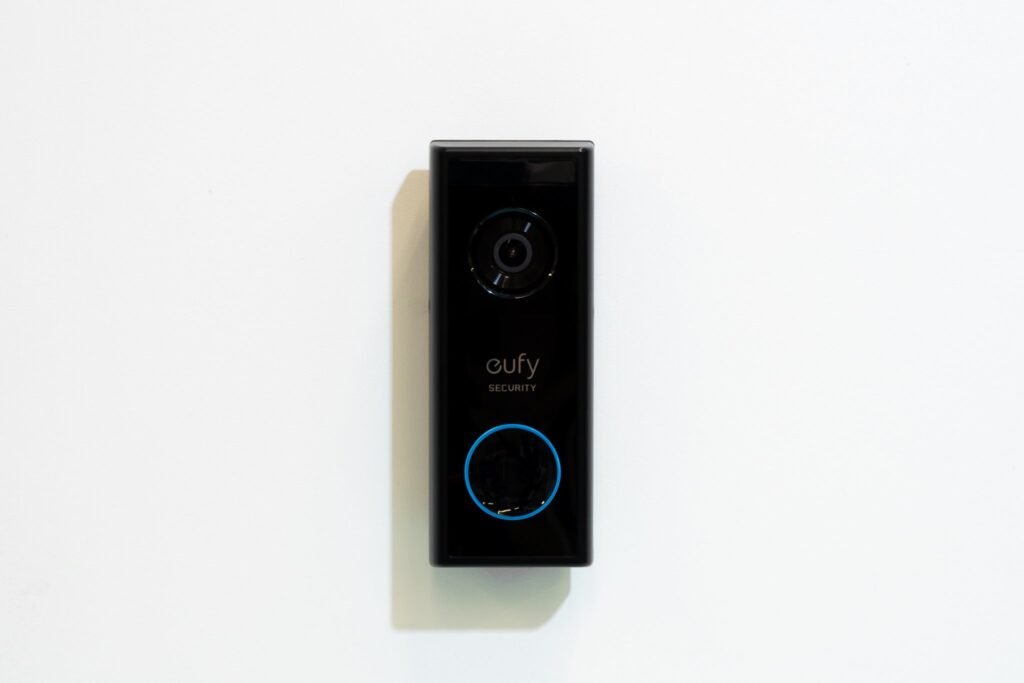
💵 Price Range: $50 – $100
Smart doorbells add a layer of convenience and security, letting you see who’s at the door via smartphone notifications.
Popular Options:
- Ring Video Doorbell Wired
- Eufy Security Video Doorbell
Features:
- Motion detection
- Two-way talk
- Cloud or local storage options
8. Smart Sensors — Automate with Triggers
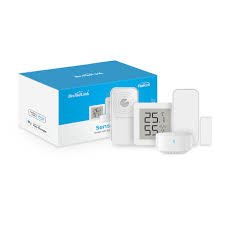
💵 Price Range: $15 – $40
Sensors detect motion, window openings, or door activity and can trigger other devices like lights or alarms.
Best Picks:
- Aqara Door & Window Sensors
- Wyze Sense
Use Cases:
- Lights turning on automatically when you enter a room
- Get alerts if a door or window is opened unexpectedly
9. Smart Outdoor Plugs — Automate Your Yard

💵 Price Range: $25 – $45
Take automation outdoors with weatherproof smart plugs.
Best Option:
- Kasa Outdoor Smart Plug
Perfect For:
- Garden lighting
- Holiday decorations
- Outdoor fountains
10. Smart Hubs & Ecosystems — Connect It All
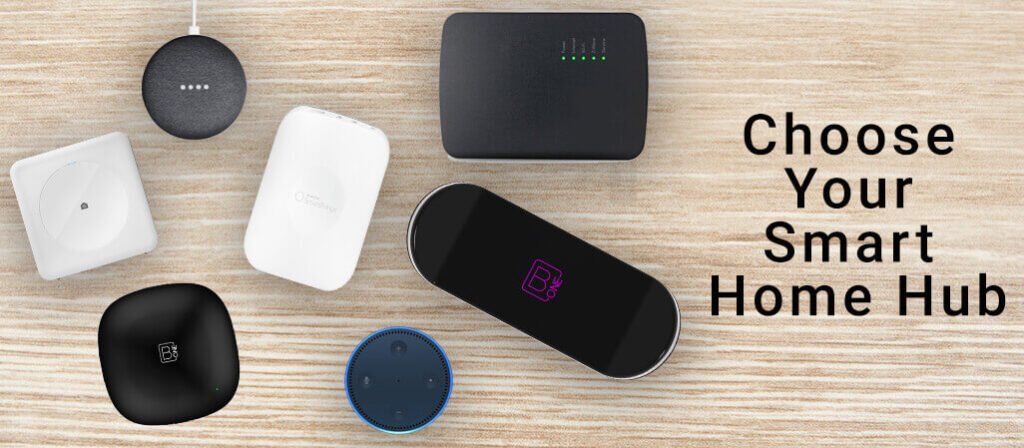
💵 Price Range: $50 – $100
While not essential for every setup, a hub can help unify your devices under one control system.
Top Choices:
- Samsung SmartThings Hub
- Amazon Echo with built-in Zigbee Hub
Having a hub ensures that different brand devices can work together seamlessly, offering you advanced automations.
Tips for Building a Beginner-Friendly Smart Home
- Pick a Central Ecosystem: Choose between Alexa, Google Assistant, or Apple HomeKit early to ensure device compatibility.
- Check Wi-Fi Strength: Place devices within strong Wi-Fi range to avoid connectivity issues.
- Label Devices in the App: It makes voice control smoother and helps track devices.
- Secure Your Network: Update firmware regularly and use strong passwords.
Scaling Your Smart Home Over Time
Once you’ve started, expanding your smart home is exciting. You can:
- Add smart locks for keyless entry.
- Integrate smart blinds that adjust with the sun.
- Set up custom routines using apps or IFTTT (If This Then That) to trigger multiple devices together.
Example Routine:
“Good Morning” command:
Turns on bedroom lights → Plays the news → Adjusts thermostat → Starts coffee machine.
✅ Frequently Asked Questions (FAQ) on DIY Smart Home Setup
1. What is a DIY Smart Home Setup?
A DIY smart home setup refers to the process of installing and configuring smart devices in your home without the need for professional installation. It involves using gadgets like smart plugs, bulbs, cameras, and sensors that are easy to set up via apps or voice assistants. This allows homeowners and renters to automate their homes affordably and flexibly.
2. Can I create a smart home if I live in a rented apartment?
Absolutely! Most smart home devices are non-invasive and portable, meaning you can easily unplug them and take them with you when you move. Smart plugs, lights, and Wi-Fi cameras are especially popular among renters.
3. What is the cheapest way to start a smart home setup?
The most budget-friendly starting point is purchasing a smart plug or a smart bulb, typically under $20. This allows you to experiment with automation without a significant investment. Pairing it with a smart speaker like an Amazon Echo Dot can further enhance your experience.
4. Do I need a smart hub to use smart devices?
Not necessarily. Many modern smart devices connect directly to your Wi-Fi network and can be controlled via smartphone apps without the need for a hub. However, if you want to integrate multiple devices seamlessly or use technologies like Zigbee or Z-Wave, a hub like Samsung SmartThings can be beneficial.
5. Which ecosystem should I choose: Alexa, Google Assistant, or Apple HomeKit?
It depends on your existing devices and preferences:
- Alexa: Best for wide device compatibility.
- Google Assistant: Excellent for users embedded in Google services.
- Apple HomeKit: Ideal for Apple users prioritizing privacy and iOS integration.
Pick one and try to stick within its ecosystem for a smoother experience.
6. Can smart home devices help lower utility bills?
Yes! Devices like smart thermostats, energy-monitoring plugs, and smart lighting systems help reduce energy consumption by optimizing usage. For example, a smart thermostat can learn your habits and adjust temperatures to conserve energy when you’re not home.
7. Are smart home devices difficult to install?
Most DIY smart devices are designed for easy installation with step-by-step guides in their apps. Typically, all you need is a smartphone and a stable Wi-Fi connection. Installation usually takes a few minutes per device.
8. What happens to smart devices during a power outage?
During a power outage, smart devices will shut off like any electronic device. However, once power and internet connectivity are restored, most devices will automatically reconnect and resume functioning with their previous settings.
9. Do smart cameras record everything 24/7?
Not all cameras record continuously. Many are set to record only when motion is detected, which helps conserve storage space. Some cameras offer 24/7 recording, but this typically requires cloud storage subscriptions or local storage via SD cards.
10. Is my smart home vulnerable to hackers?
Any device connected to the internet carries some risk, but you can mitigate this by:
- Using strong, unique passwords
- Keeping devices updated with the latest firmware
- Setting up a secure Wi-Fi network
- Enabling two-factor authentication where possible
11. Can I control my smart home remotely while traveling?
Yes! As long as your devices are connected to the internet, you can control them from anywhere in the world using their respective apps. This is especially useful for monitoring security cameras or adjusting thermostats while away.
12. How much does a basic smart home setup cost?
A very basic setup (e.g., a couple of smart plugs, a bulb, and a smart speaker) can start from $100-$150. Expanding with cameras, sensors, and thermostats can increase the investment, but it’s still scalable based on your budget.
13. What is the lifespan of smart home devices?
Most smart home devices are designed to last 3 to 7 years, but this can vary based on the brand, usage, and technological advancements. Always choose reputable brands to ensure durability and long-term support.
14. Can different brands of smart devices work together?
Many devices can work together if they support the same ecosystem (like Alexa, Google Assistant, or Apple HomeKit). Some hubs and platforms like IFTTT can also bridge devices from different brands for more complex automations.
15. What is IFTTT, and how does it relate to smart homes?
IFTTT (If This Then That) is a free web-based service that helps connect different apps and devices. It allows you to create automations or “applets” — for example, turning on lights when your smart camera detects motion.
16. Are there any hidden costs with smart home devices?
Some devices require cloud subscription services for premium features like extended video storage (e.g., smart cameras). However, many devices offer sufficient functionality without ongoing fees. Always check before buying.
17. Do smart home devices increase home value?
Yes, in some cases, a well-integrated smart home system can increase property appeal and value, especially features like smart thermostats, security systems, and keyless entry.
18. What is the difference between Zigbee, Z-Wave, and Wi-Fi devices?
- Wi-Fi devices: Connect directly to your router, no hub needed.
- Zigbee and Z-Wave: Use dedicated low-power networks for smart devices. These typically require a hub but offer better reliability and low energy consumption, especially for sensors.
19. Can smart home devices operate without an internet connection?
Some devices can function locally via Bluetooth, Zigbee, or Z-Wave with a hub, but most rely on the internet for remote control and updates. Without internet, voice commands and remote access may be limited.
20. What should I consider before buying a smart home device?
Consider:
- Compatibility with your chosen ecosystem
- Wi-Fi or hub requirements
- Security features
- User reviews and brand reputation
- Potential subscription fees
Starting small and reading reviews can help you make smarter purchase decisions.
✅ Ready to Get Smart? Here’s Your Next Step!
Building your DIY smart home setup is no longer a luxury — it’s an achievable reality even on a tight budget. By starting with just a few gadgets like smart plugs, bulbs, or a speaker, you can experience the convenience of automation firsthand.
Once you’re comfortable, you can gradually upgrade, adding layers of security, comfort, and efficiency to your home.
👉 Ready to start? Leave a comment on which device you’ll try first, share this guide with friends, and explore our hand-picked product recommendations to kick off your smart home journey today! Subscribe to MindGearMen.


